 By Jonathan Wojcik and Rev Storm
By Jonathan Wojcik and Rev Storm
ENTRY 02: THE LAND OCTOPUS
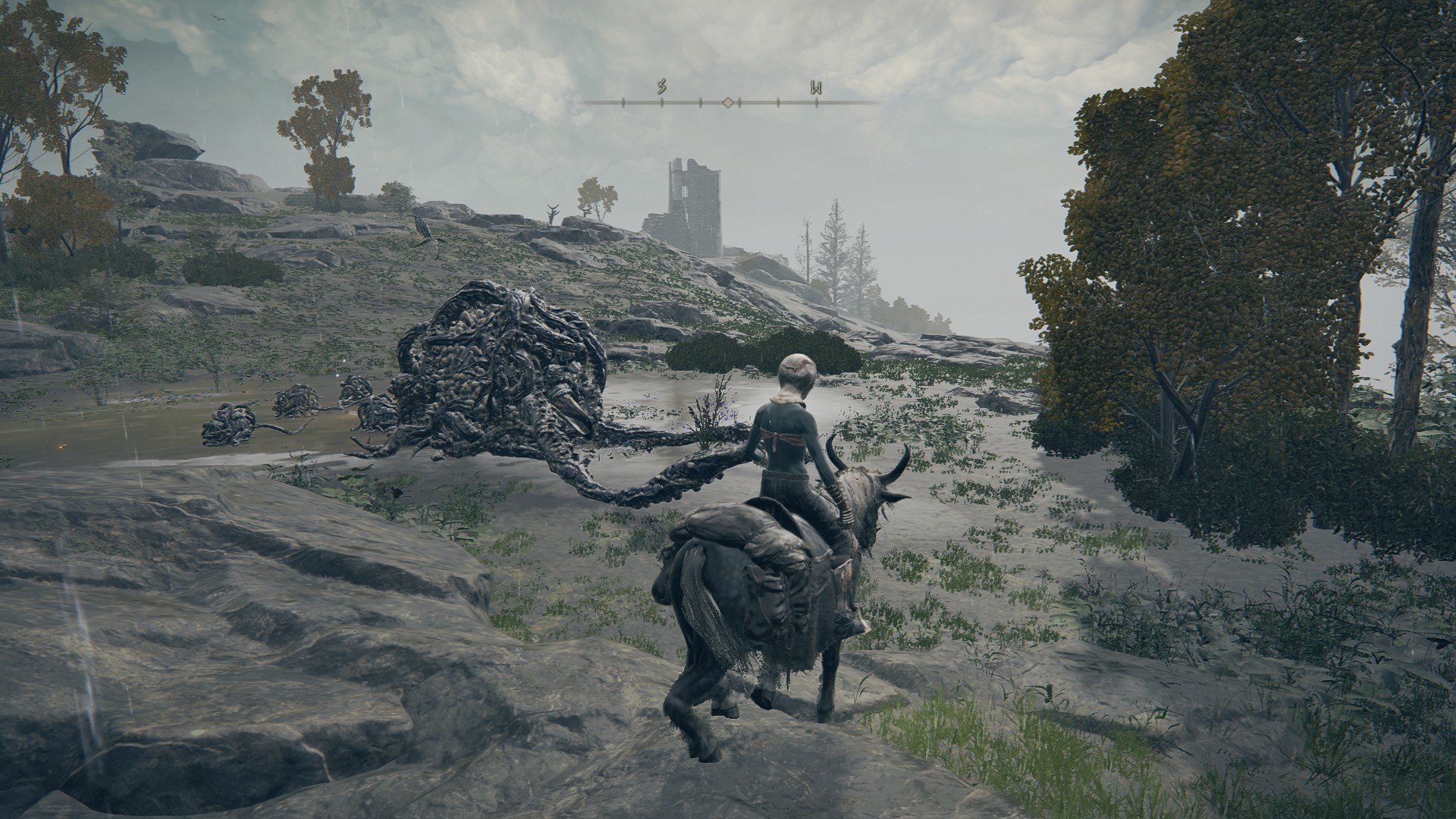
We started off with one terrestrialized sea creature, now we look at an even meaner one! It was delightful enough to see these fleshy lumps crawling around the beach at a distance, resembling some sort of slime or perhaps some rotten and withered plant creature, but up close, their anatomy quickly gives away their Cephalopod affiliation.
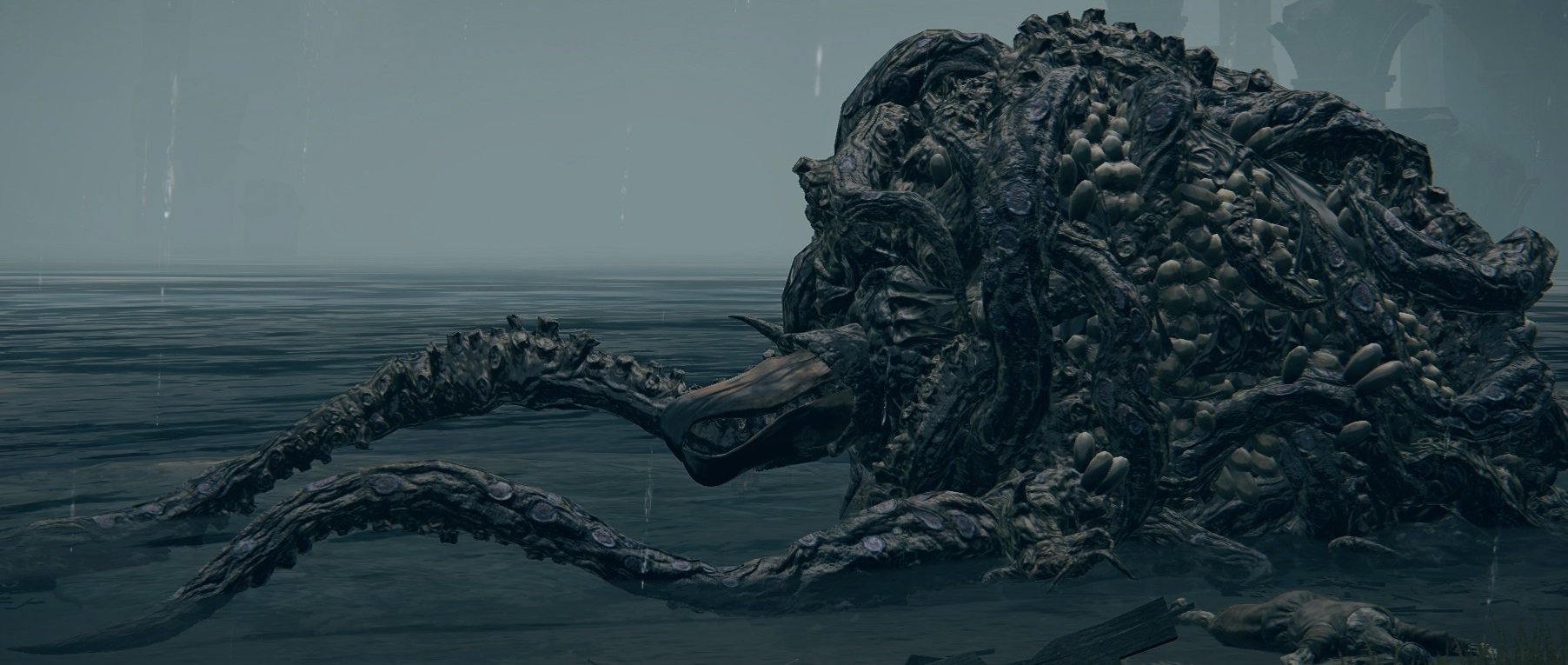
Side view from the wiki
We take for granted the idea of a sucker-lined tentacle as something all manner of monsters and martians might possess, but in all of Earth's history, such an appendage has only ever arisen in this single group of mollusks. Of course, they also enjoyed many millions of years as the only creatures with beaks, so who knows what the future might bring.
Elden Ring's amphibious octopuses (the proper plural) push these iconic traits to pretty novel new extremes. Two exceptionally long tentacles are used for grappling prey, while the rest of the tentacles are randomly branched and permanently entangled in a globular mass that completely hides the body, all except for a large, elongated and permanently exposed beak that comes across like a distinct "head."
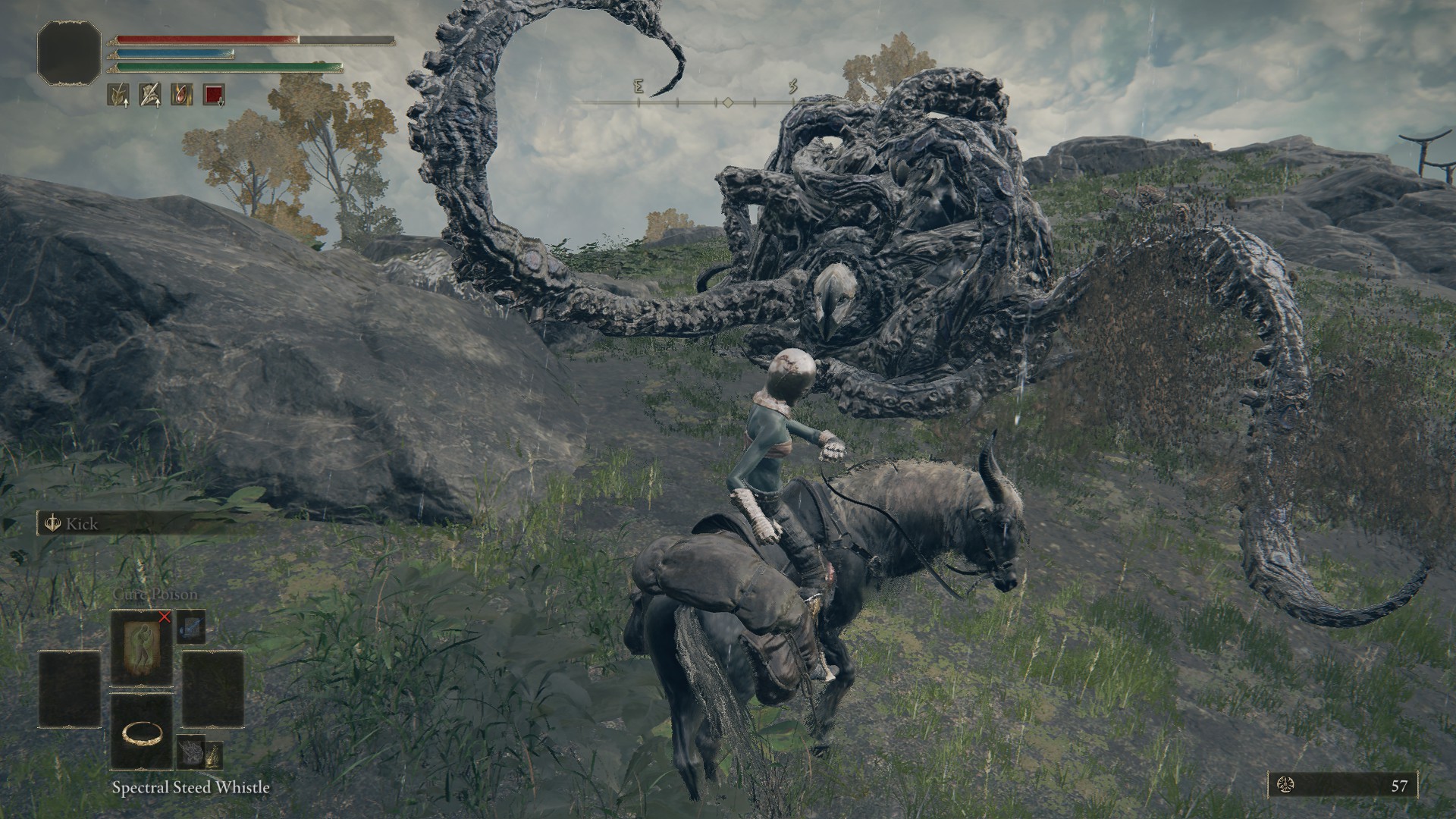
The creature overall looks almost as much like a blackish, gnarled ball of tree roots with an eyeless bird skull sticking out of it than anything else, to the point that "land octopus" is honestly an underwhelming name for something so unique. If we had an animal like this, we would have probably given it an original name regardless of its true taxonomy, or perhaps these creatures would have simply retained the original word for octopus, polypus, which later became "polyp." The world eventually stopped using "polyp" for any cephalopods at all, but we still use it for corals and we also use it for tumors, which would have fit this crawling clot of ingrown limbs all the better.
Also interesting is the fact that the largest specimens seem to all be brooding females, since the spaces between their tentacles are packed with recognizable octopus eggs. This may make the smaller creatures juveniles, but it's also entirely possible that those are simply the smaller males. I wouldn't be surprised if the species begins its life fully aquatic, but comes onto land at the very end of its life, mating and rearing eggs away from competing marine predators.
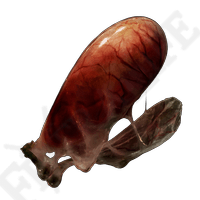
Thanks for reminding me you can also get those eggs as item drops, the description of which reads "Land octopuses eat humans in order to bear young, and theirs is the blood that runs through these ovaries." It's unlikely a Cephalopod would evolve to sustain its population growth on an obligatory intake of human blood, but it is a setting full of mad wizards.
Whatever their natural history, I've really never seen a design quite like this. I've seen plenty of creatures completely covered in tentacles, certainly, but never an octopus whose tentacles bend back in on themselves like this. It's seriously one of the most original designs for a cephalopod monster I've ever seen, and yet it's extremely simple. It's basically just a cephalopod rolled up into a ball. That shouldn't be so effective, but it just is!
NAVIGATION:
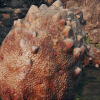
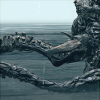
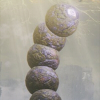


Side view from the wiki




